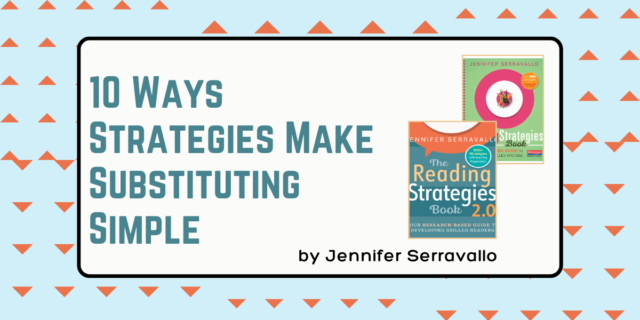
Educators have relied on levels as a valuable tool to help them match students to texts they can read independently with fluency, accuracy, and comprehension. However, the truth is that leveling books and using levels as a tool to match students to texts isn’t as straightforward as we might hope (Glasswell and Ford 2010; Dzaldov and Peterson 2005; Sibberson and Szymusiak 2008).
Educators have relied on levels as a valuable tool to help them match students to texts they can read independently with fluency, accuracy, and comprehension. However, the truth is that leveling books and using levels as a tool to match students to texts isn’t as straightforward as we might hope (Glasswell and Ford 2010; Dzaldov and Peterson 2005; Sibberson and Szymusiak 2008).
We can evaluate books based on a variety of characteristics, but because qualitative leveling is done by humans and is, therefore, subjective, different people examining the same book may draw slightly different conclusions about what level is the best designation. We can use assessments to learn about what text a reader can read with accuracy, fluency, and comprehension—but based on a number of reader and text variables, what may be just right in one text on one day may differ from another text on another day.
A number of variables impact what students are able to comprehend from a text, and based on them, one individual child is likely to be able to read a range of levels and text types with independence. Start combining the variables and it soon becomes clear that matching readers and texts requires more than a single assessment to determine a level and instead requires a knowledgeable teacher who is in regular conversation with readers.
•••
Learn more about Understanding Texts & Readers at Heinemann.com


Jennifer Serravallo is the author of the New York Times bestseller The Reading Strategies Book and The Writing Strategies Book, which have been translated into Spanish, French, and Chinese. These and her other popular books and resources help teachers make goal-directed responsive strategy instruction, conferring, and small group work doable in every classroom. Her newest titles are Teaching Writing in Small Groups, A Teacher’s Guide to Reading Conferences, Understanding Texts and Readers, and the assessment and teaching resource Complete Comprehension for Fiction and Nonfiction.
Jen is a frequently invited speaker at national and regional conferences and travels throughout the US and Canada to provide full-day workshops and to work with teachers and students in classrooms. She is also an experienced online educator who regularly offers live webinar series and full-day online workshops, and is the creator of two self-paced asynchronous online courses, most recently Strategies in Action: Reading and Writing Methods and Content.
Jen began her career in education as an NYC public school teacher. Now as a consultant, she has spent the last fifteen+ years helping teachers across the country create literacy classrooms where students are joyfully engaged, and the instruction is meaningfully individualized to students' goals. Jen is also a member of Parents Magazine Board of Advisors for education and literacy.
Jen holds a BA from Vassar College and an MA from Teachers College, where she has also taught graduate and undergraduate classes.
Learn more about Jen and her work at Hein.pub/serravallo, on Twitter @jserravallo, on Instagram @jenniferserravallo, or by joining The Reading and Writing Strategies Facebook Community.



